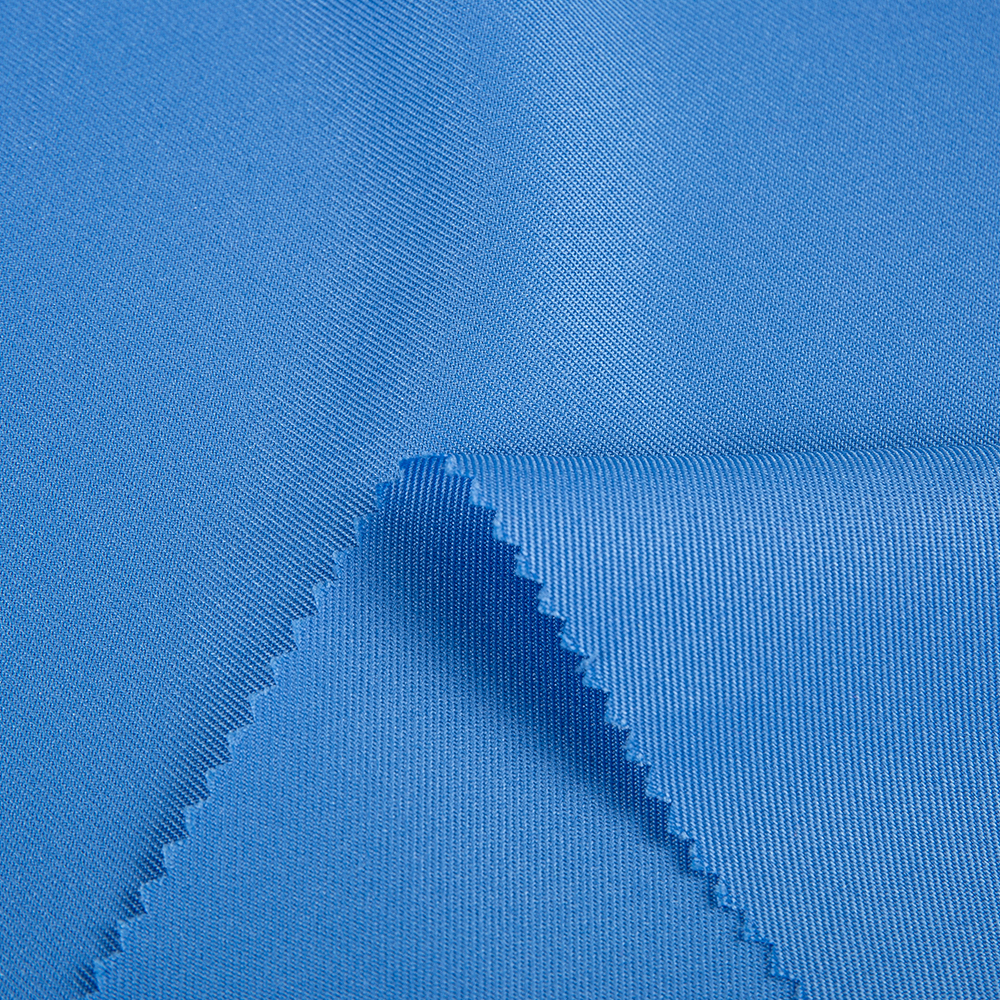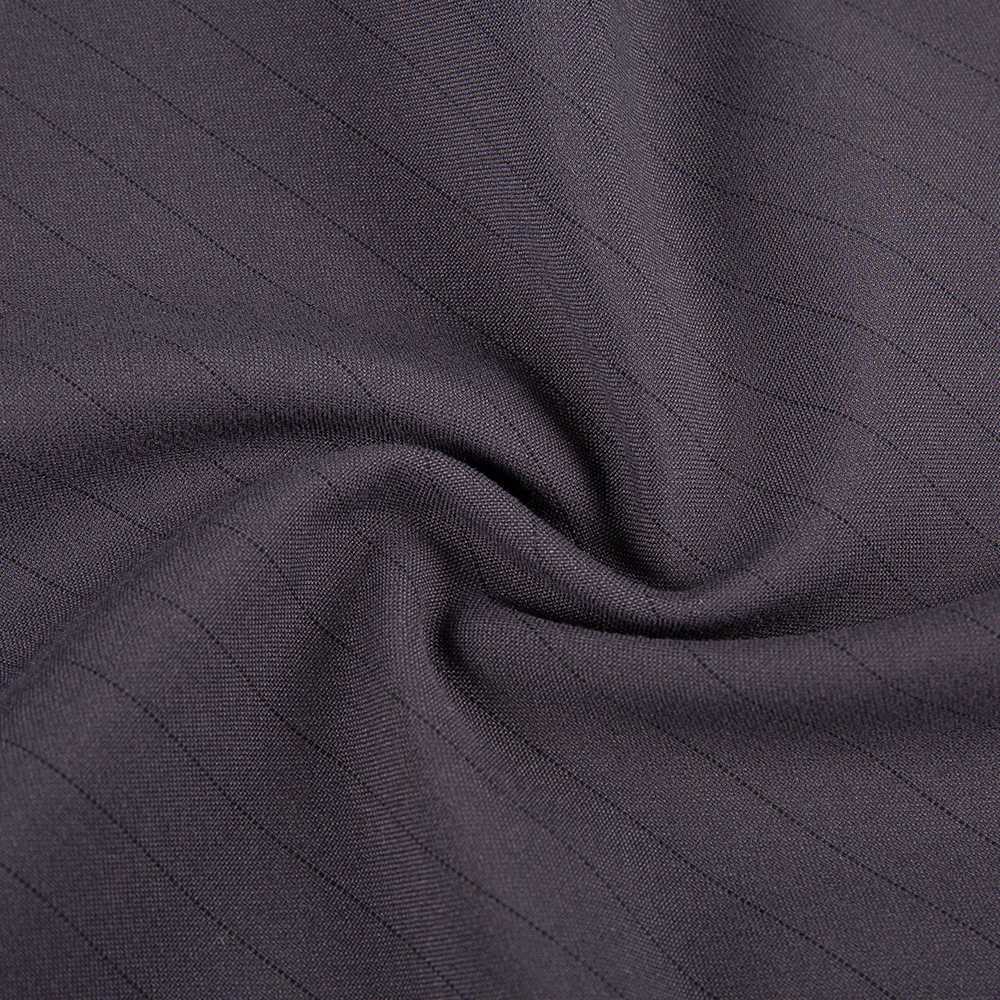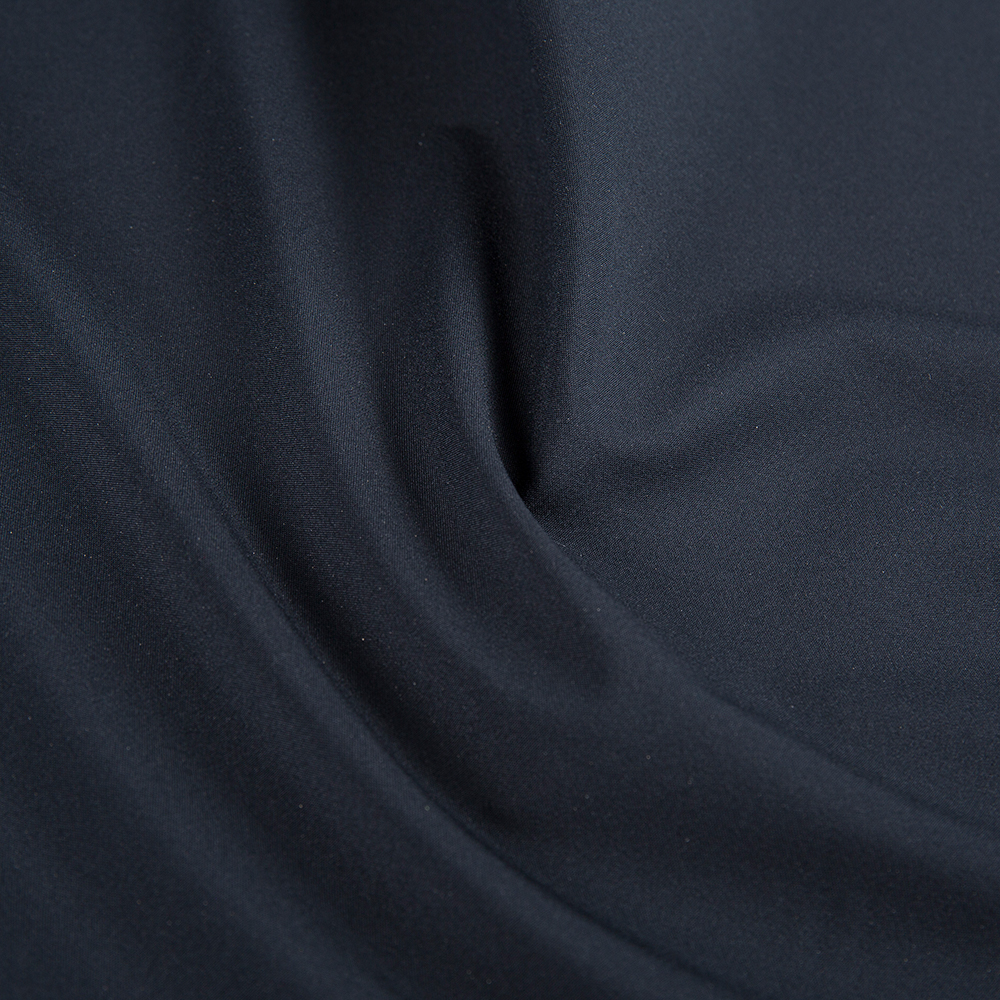Web Menu
Product Search
Industry news
Innovations in Down Jacket Fabrics: Emphasizing Lightweight Performance
In recent years, down jacket fabrics have evolved far beyond traditional insulating materials. Among the various characteristics that define modern down jackets, lightweight performance has emerged as a critical differentiator. Consumers increasingly demand outerwear that provides warmth without compromising mobility, comfort, or packability. This shift has prompted fabric manufacturers to develop advanced textile solutions that optimize weight, insulation efficiency, and overall wearability.
The Growing Importance of Lightweight Down Jacket Fabrics
Lightweight down jacket fabrics are designed to deliver optimal thermal protection while minimizing bulk. Unlike older materials that relied on heavy layers of insulation, modern lightweight fabrics incorporate high-loft down, micro-denier fibers, and innovative weave structures to achieve superior warmth-to-weight ratios. This approach allows consumers to enjoy high-performance outerwear that is easier to carry, reduces fatigue, and supports active lifestyles.
The focus on lightweight properties is particularly significant in outdoor and urban contexts. For hikers, mountaineers, and travelers, every gram matters, and a lighter garment translates to increased mobility and versatility. For urban consumers, lightweight jackets provide ease of movement and stylish silhouettes without sacrificing functional performance.
Material Composition and Fiber Selection
The development of lightweight down jacket fabrics depends on careful selection of base fibers and down quality. Commonly used fibers include nylon and polyester, each chosen for its balance of durability, water resistance, and hand feel.
Nylon fabrics are favored for their strength-to-weight ratio. Advanced denier and ripstop structures enable jackets to withstand abrasion while remaining exceptionally light.
Polyester fabrics offer inherent hydrophobic properties, facilitating water repellency with minimal additional coatings. Their resistance to UV degradation and stretching makes them suitable for multi-season use.
In addition to base fibers, high-quality down with superior fill power enhances the lightweight performance of these jackets. Fabrics that support high-loft insulation ensure that minimal down achieves maximal warmth, creating garments that are both functional and portable.
Weaving Techniques and Fabric Construction
Fabric construction plays a pivotal role in optimizing the lightweight characteristics of down jacket fabrics. Modern weaving techniques, including tight taffeta weaves, micro-denier shell fabrics, and laminated composites, improve structural integrity while minimizing weight.
Innovations in hybrid constructions combine multiple layers or micro-porous membranes to achieve a balance between wind resistance, breathability, and insulation. These constructions allow for lightweight fabrics to perform in extreme weather conditions without the added bulk traditionally associated with winter outerwear.
Comparative Overview of Lightweight Down Jacket Fabrics
| Fabric Type | Core Material | Key Feature | Typical Use |
| Nylon Ripstop | Nylon | Tear-resistant, ultra-lightweight | Outdoor expeditions |
| Polyester Taffeta | Polyester | Smooth hand feel, packable | Urban wear, travel |
| Hybrid Stretch | Nylon/Polyester blend | Stretchable, lightweight | Active lifestyle, performance sports |
| Micro-denier Nano Coated | Nylon | Water-resistant, light as feather | Travel and lightweight jackets |
Technological Advancements in Lightweight Fabrics
Recent technological developments have further enhanced the lightweight properties of down jacket fabrics. For example, nanotechnology-based coatings repel water without adding significant weight, while hybrid laminates provide breathability and wind resistance in minimal fabric layers.
Micro-denier and ultrafine fibers are being increasingly used to reduce fabric weight while maintaining durability. Some lightweight fabrics now integrate stretchable yarns, ensuring comfort and ease of movement for high-activity wearers.
Sustainability has also influenced the lightweight fabric sector. Manufacturers are incorporating recycled fibers, eco-friendly coatings, and low-impact production processes without compromising performance. This trend aligns with growing consumer demand for environmentally responsible outerwear.
Practical Implications for Consumers
Lightweight down jacket fabrics offer tangible benefits for consumers. They facilitate greater mobility, packability, and comfort, making jackets versatile for travel, sports, and daily wear. Consumers can carry these jackets easily, layer them with other garments, and experience warmth without the burden of heavy clothing.
When selecting lightweight down jackets, understanding fabric characteristics is crucial. Key considerations include:
1.Fill power and loft: Higher fill power allows thinner jackets to maintain warmth.
2.Material durability: Lightweight fabrics must resist abrasion, stretching, and environmental wear.
3.Moisture resistance: Coatings and hydrophobic fibers maintain insulation efficiency even in wet conditions.
4.Fabric hand feel: Soft-touch surfaces enhance wearer comfort and garment appeal.
Future Trends in Lightweight Down Jacket Fabrics
The evolution of down jacket fabrics continues to emphasize innovation in lightweight materials. Emerging trends include:
Adaptive fabrics: Materials that adjust insulation levels based on temperature or activity.
Integrated technologies: Fabrics combining lightweight properties with anti-microbial or odor-resistant features.
Eco-conscious development: Increasing use of recycled down, fibers, and low-impact coatings.
Enhanced packability: Jackets that compress efficiently without damaging insulation.
onclusion
Conclusion
Lightweight performance is a defining characteristic of modern down jacket fabrics. Through advanced material selection, innovative weaving techniques, and technological coatings, manufacturers are delivering outerwear that meets the demands of active, style-conscious, and environmentally aware consumers. Comparative analysis of various lightweight fabrics highlights the diversity of solutions available to optimize warmth, durability, and mobility.
As consumer expectations continue to evolve, the industry is poised to develop increasingly sophisticated lightweight down jacket fabrics, balancing performance, aesthetics, and sustainability. The continued focus on lightweight innovation reinforces the status of down jackets as versatile, high-performance garments suitable for both urban and outdoor lifestyles.
RELATED PRODUCTS
- Textiles
- > Cosplay Fabrics
- > Outdoor and sports series
- > Work Jacket Fabrics
- > Down Jacket Fabrics
- > Women's Wear Fabrics
- > Anti Static And Dust-Free Clothing Fabrics
- About BANYAN
- > Our Story
- > Innovation & Testing
- > Certificate
- Contact
- Address:No.2, Jinlun textile garden, 3rd south ring road, Shengze Town, Wujiang District, Suzhou
- Phone: +86-13913093109
- Email: [email protected]

 English
English 中文简体
中文简体











